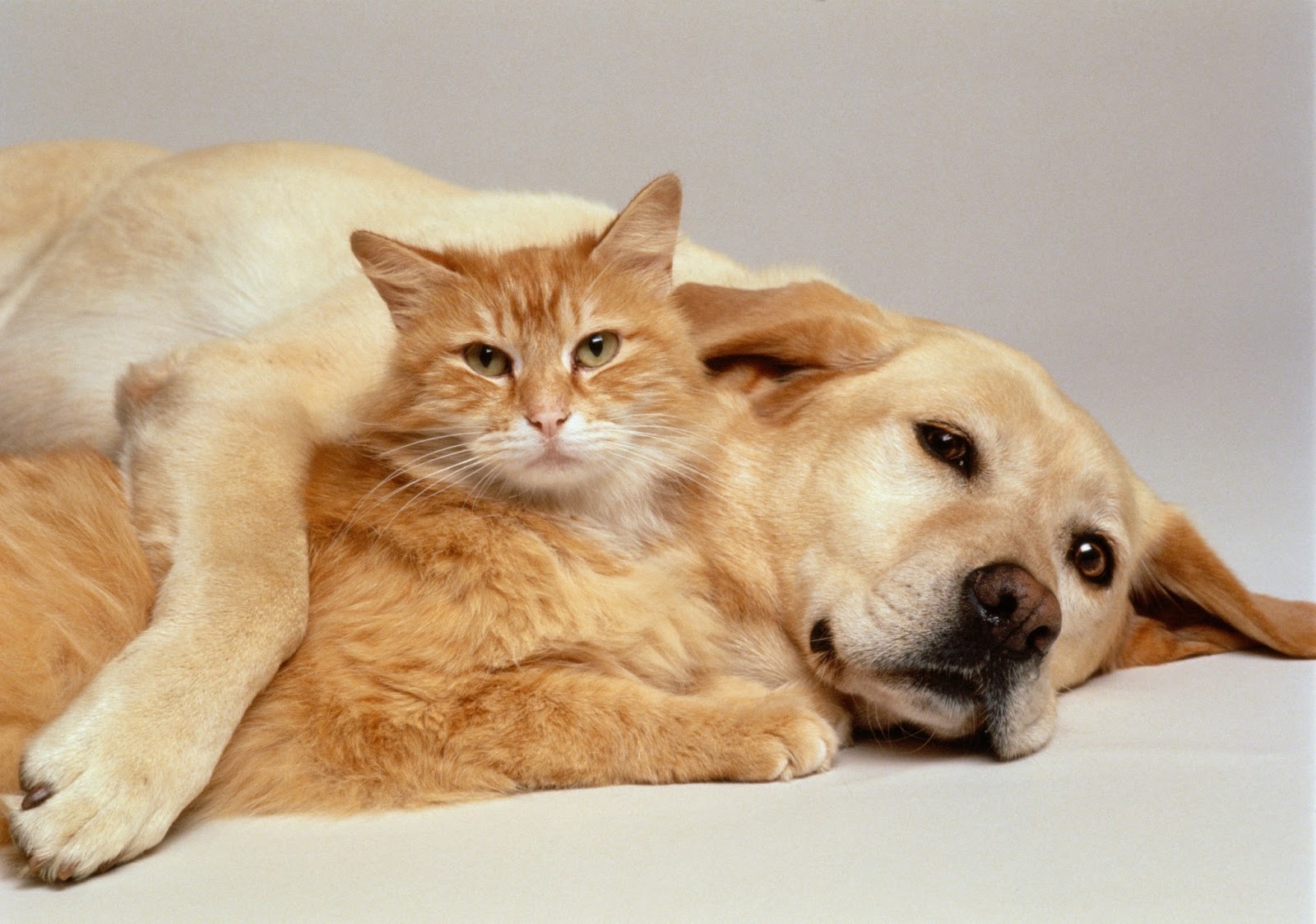Introducing Your Foster Dog to Cats: A Guide to Safe and Positive First Impressions
Bringing a foster dog into a home with cats can feel like a big question mark. Will they get along? Will your dog chase? Will your cat accept the newcomer? The truth is that every introduction is different, but with patience, structure, and a little preparation, you can set both animals up for success.
Start with Separation
When your foster first comes home, keep them completely separate from your cats. This gives everyone time to decompress and adjust to new scents in the home without the stress of face-to-face contact. Allow your cat to sniff under the door or investigate the foster’s bedding or blanket at their own pace. Similarly, let your foster dog smell areas where your cat has been. This builds familiarity before the first meeting.
Leashed Introductions
Once both pets seem calm with the idea of each other’s scent, begin introductions with your foster dog on a leash. Choose a neutral, quiet space where your cat has an easy escape route. Do not force your cat to approach — let them set the pace. If your dog remains calm, reward with treats and praise. If your foster fixates, barks, or lunges, redirect their attention with a command or treat and calmly end the session. Short, controlled introductions are more effective than long, stressful ones.
Reading Body Language
Watch carefully for signals from both your dog and your cat. A relaxed body, sniffing, and curiosity are good signs. Flattened ears, growling, hissing, or lunging mean it’s time to slow down. Remember, overstimulation can look a lot like aggression. A dog who stares or stiffens may not be aggressive but may be too focused, which can lead to a negative outcome. Step in early to prevent escalation and give both pets a break.
Building Positive Associations
Help your foster dog learn that calm behavior around your cat earns rewards. Use high-value treats, calm praise, or even a favorite toy to reinforce good choices like looking away from the cat or settling down quietly. For cats, provide safe perches, hiding spots, and access to food and litter boxes without needing to cross paths with the dog. The goal is to build trust, not force friendship.
Take It Slow
Some dogs and cats become fast friends, while others take weeks or months to reach a peaceful coexistence. And in some cases, a foster dog may never be a safe match for cats, especially if they show strong prey drive. That’s okay — part of fostering is learning what type of home your foster will thrive in. By going slowly and respecting boundaries, you’re not only protecting your own pets but also gathering valuable insight for the adoption team.
Patience Pays Off
Successful introductions take time, consistency, and lots of patience. By keeping things structured and positive, you help both your foster dog and your cats feel safe and respected. Whether they become best buddies or simply learn to coexist peacefully, you’re giving your foster dog important life experience that will help them succeed in their forever home.

